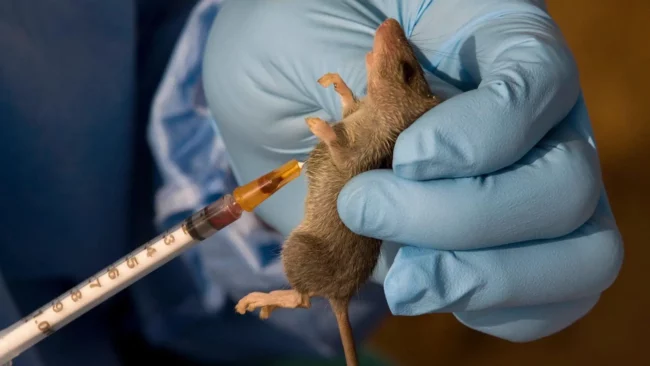The African Centre of Excellence for Genomics of Infectious Diseases (ACEGID), in collaboration with the Walter Reed Army Institute of Research (WRAIR), has demonstrated in a new study that non-rodents such as lizards, pigs, dogs, sheep, goats, and cattle are reservoirs for Lassa virus (LASV) in Nigeria.
The researchers, in their findings published in the journal, Emerging Microbes & Infections, stated that these non-rodent reservoirs were in close contact with humans who tested positive for LASV infection, suggesting potential involvement during transmission.
The study’s results demonstrate that Lassa virus variants from non-rodent animals may contribute to human infection rates by contributing to spillover events from animals to humans.
The researchers assessed domestic and non-domestic animals from 2021 to 2022 in four locations in southern Nigeria with reported cases of Lassa fever.
Birds, lizards, and domestic mammals (dogs, pigs, cattle, and goats) were screened, and whole genome sequencing was performed for lineage identification on selected Lassa virus-positive samples. Animals were also screened for exposure to the Lassa virus.
Among these animals, lizards had the highest positivity rate for Lassa virus; genomic sequencing of samples in most infected animals showed sub-lineage 2 g of Lassa virus, and seropositivity was highest among cattle and lowest in pigs.
They declared that understanding how these variants incubate, evolve, and spread can help scientists improve predictions for and responses to future Lassa fever outbreaks and inform the development and evaluation of medical countermeasures to control the virus.
ACEGID Director at Redeemer’s University, Professor Christian Happi, stated: “The genomic characterisation of Lassa virus in non-rodents will provide a better insight into host-virus interactions, as well as the evolution and diversity of the virus.”
He added, “These findings of LASV in previously unreported species among other hosts will allow for better predictions of future Lassa fever emergence.”
Also, the Director of WRAIR’s Centre for Infectious Disease Research, Dr Nelson Michael, in a remark, said the Lassa virus epidemiology research is part of ongoing efforts among partners to enhance bio-preparedness against emerging infectious disease threats in the region and proactively develop tools in advance of future outbreaks.
He added, “WRAIR’s longstanding partnerships in Nigeria span decades and are critical to conducting infectious disease research to develop preventive and therapeutic countermeasures.”
Lassa fever is endemic in most parts of Western Africa, with thousands of Lassa virus infections occurring in humans annually.
Predicting who is more likely to be infected with the Lassa virus based on environmental, behavioural, and genetic factors can inform governments and multilateral health entities about developing best practices around lifestyle, conservation, disease prevention, and vaccine development.
